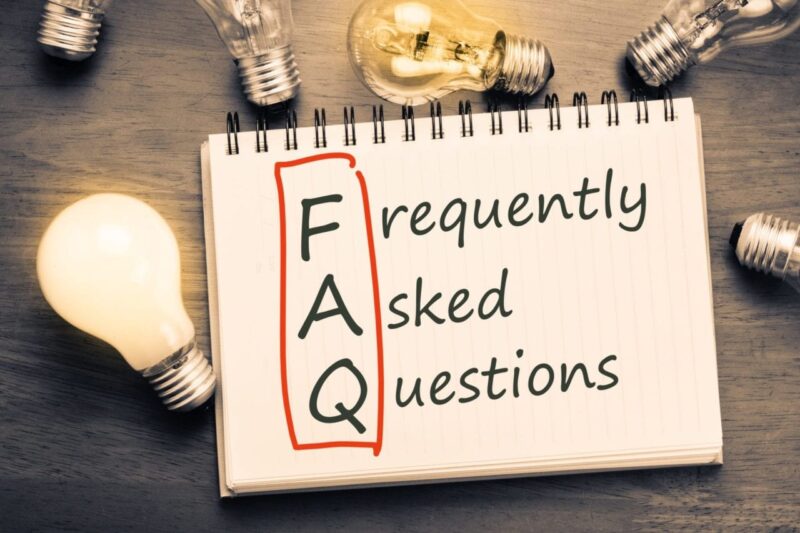The inheritance tax nil rate band has now been at £325,000 since 6 April 2009. If it had been indexed-linked, as it used to be, the band would now be £340,000. However, there will be no increases for some while. In his final Budget, Mr Darling announced that the nil rate band would remain frozen at £325,000 until 5 April 2015.
As part of the Coalition Agreement, this promised freeze has been carried over by the new government. From 2015/16 it will rise in line with the CPI. With inflation now running at over 5%, the standstill in the nil rate band will potentially bring more people into the IHT net and increase the amount that they have to pay.
The one easement the Chancellor offered IHT payers was that a reduced rate of 36% (instead of 40%) will apply on estates where:
- death occurred after 5 April 2012; and
- at least 10% of the net taxable estate is left to charity.
Further details are awaited, but initial calculations show that this option will save less in tax than it will cost the beneficiaries in terms of lost inheritance. Ironically, it may result in a short-term loss of income to charities, as the change creates an incentive to defer charitable gifting until death.
The Chancellor said nothing about reform of IHT, even though his Office of Tax Simplification had called for radical review of the tax. Mr Osborne’s silence may have been designed to discourage preventive action. It is hard to see that any restructuring of IHT would make the treatment of lifetime gifts more favourable than it is at present.
Time to review your estate planning
The introduction of the transferable nil rate band in October 2007 made inheritance tax planning considerably simpler for many married couples. It is no longer necessary to ensure that your nil rate band is used on first death to minimise IHT liabilities. As some families are now discovering, the reform can result in significantly reduced IHT bills for widows (and widowers), even if their spouse died many years ago.
Not everybody benefited from the change. If you had already planned (and had the resources) to use the nil rate band on first death, you were no better off as the result of the introduction of transferability. If you are not married, you cannot benefit, other than as a widow/widower.
If you have not reviewed your estate planning and Wills since October 2007, you should do so now. It may be that no change needs to be made to your existing arrangements but, as ever with estate planning, it is better to be safe than sorry. Even though a revised plan may not reduce your IHT bill, it could simplify estate administration by, for example, removing the need to include a complex trust in your Will.
Regular and out of income….
There are three yearly exemptions which are available for IHT planning:
- The £3,000 annual exemption. Any unused part of this exemption can be carried forward one tax year, but it must then be used after the £3,000 exemption for that year. So, for example, if you made a gift of £1,000 covered by the annual exemption in 2010/11, you can makes gifts totalling £5,000 covered by the annual exemption in 2011/12.
- The £250 small gifts exemption. You can make as many outright gifts of up to £250 per individual per tax year as you wish free of IHT, provided that the recipient does not also receive any part of your £3,000 annual exemption.
- The normal expenditure exemption. Any gift that you make is exempt from IHT if:
– it forms part of your normal expenditure; and
– taking one year with another it is made out of income; and
– it leaves you with sufficient income to maintain your usual standard of living.
The normal expenditure exemption is often forgotten. You may be making regular gifts which you think are covered by the £3,000 exemption, but which could actually count under normal expenditure, leaving your £3,000 exemption intact. For example, if you pay premiums for a life policy held under trust, such payments frequently satisfy all the conditions to be treated as normal expenditure, leaving the £3,000 exemption available for other gifts.



